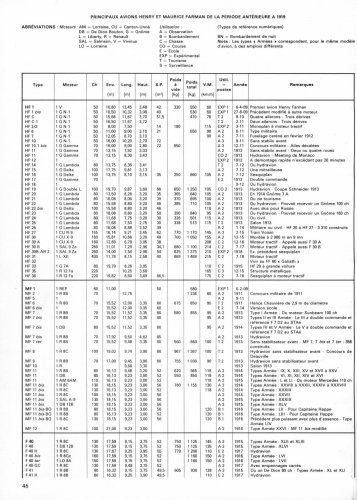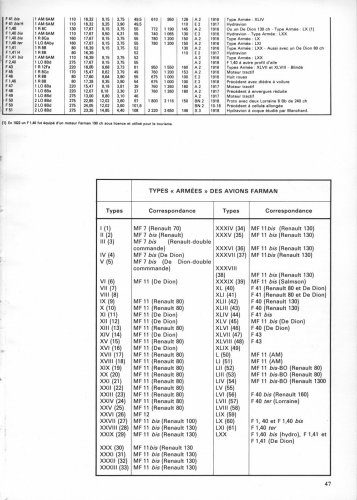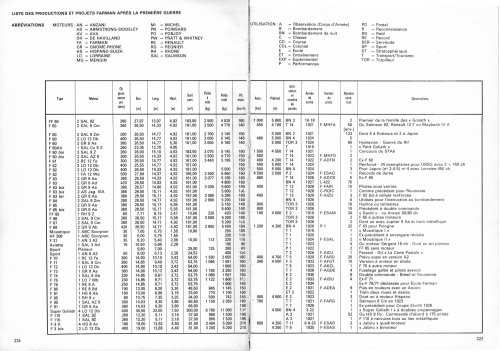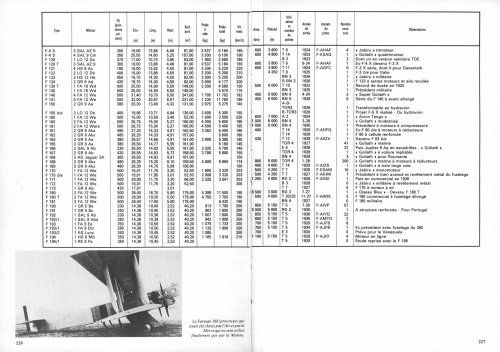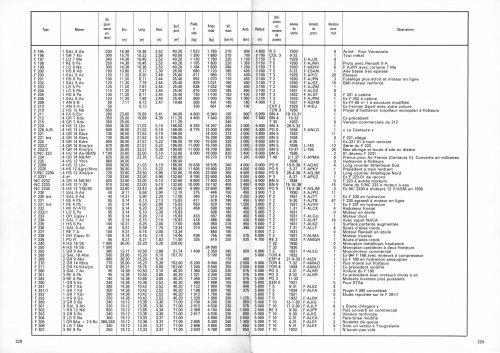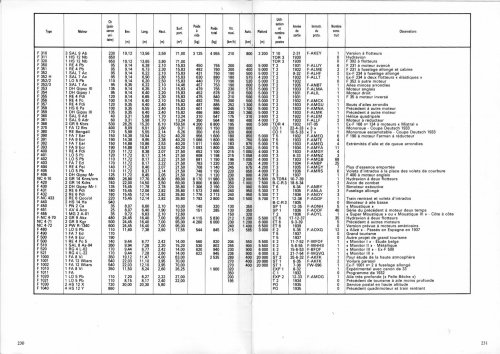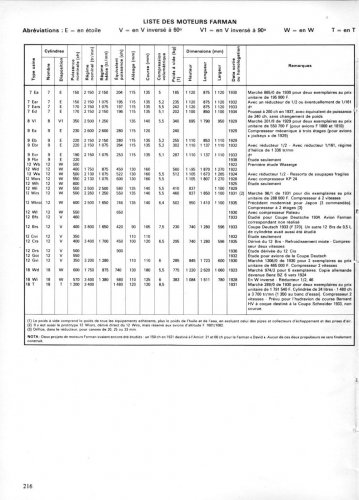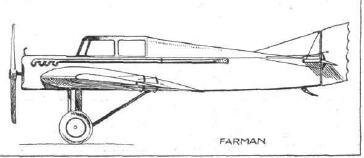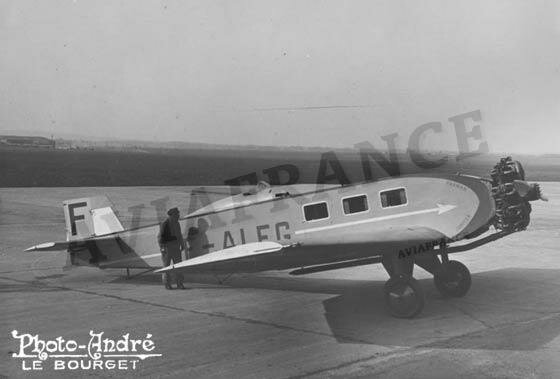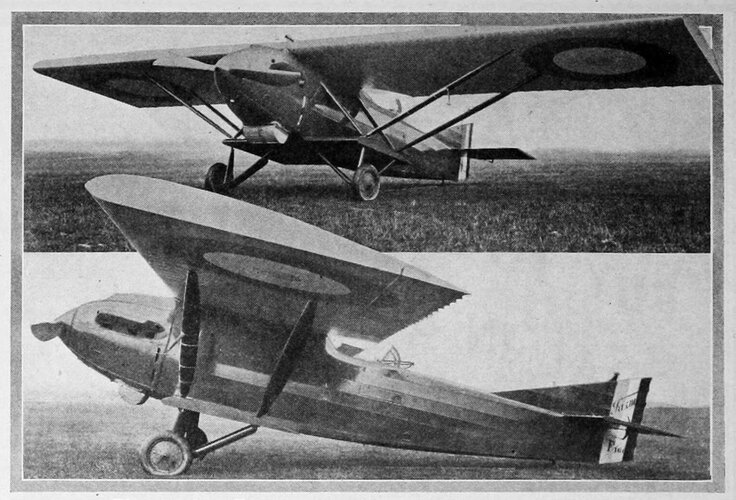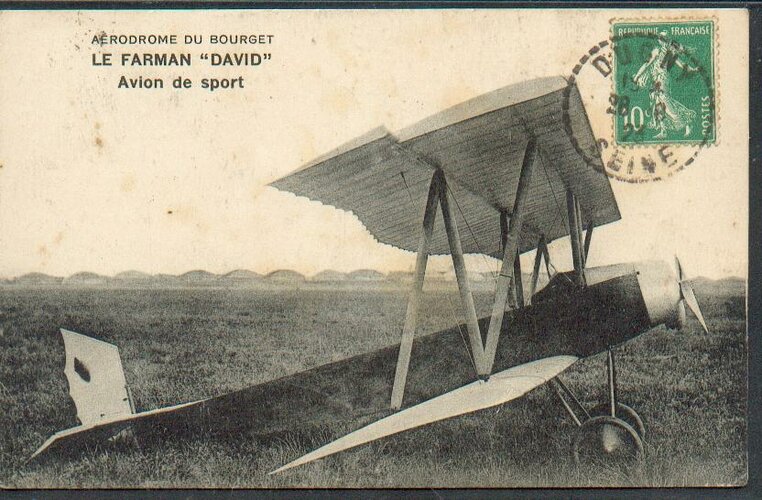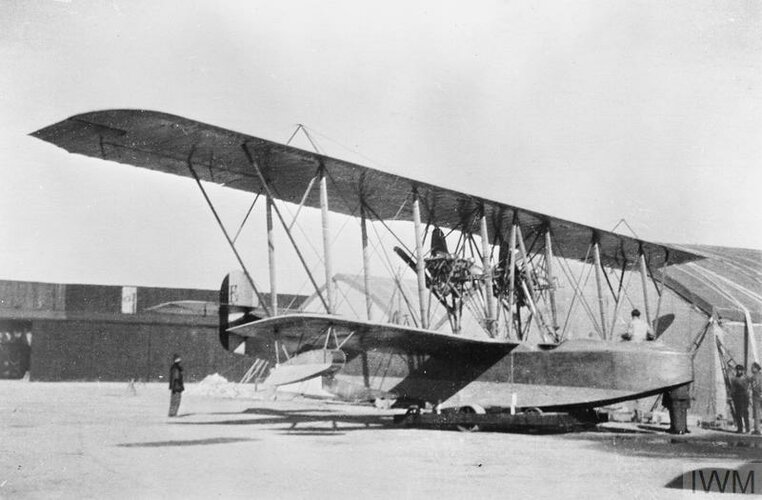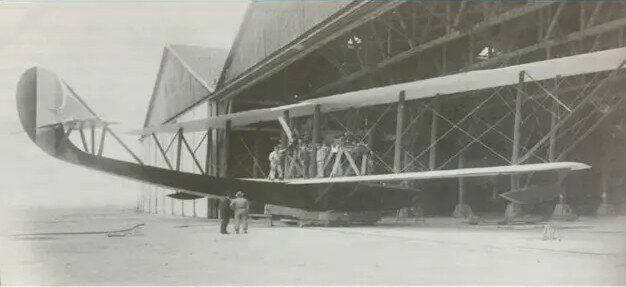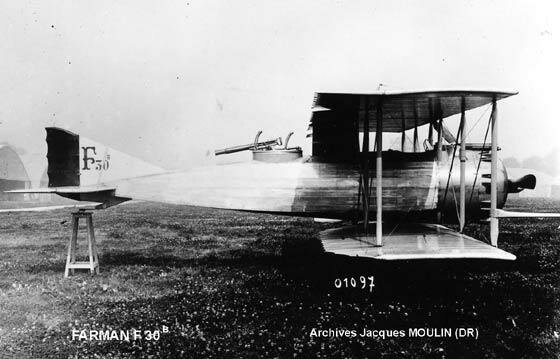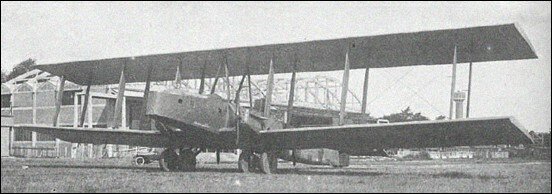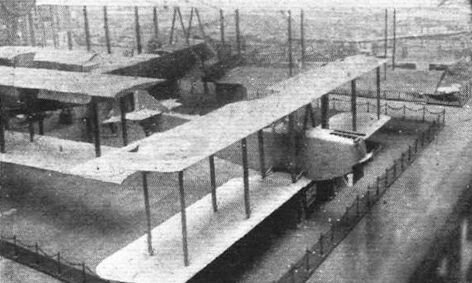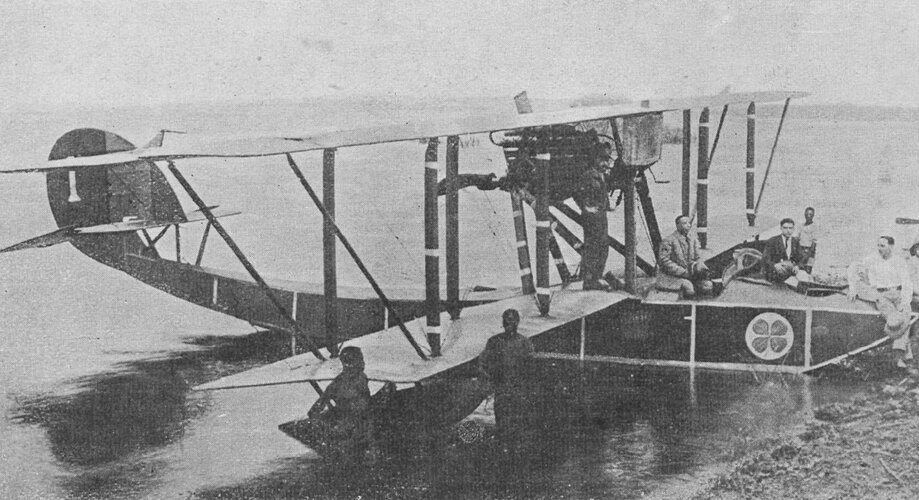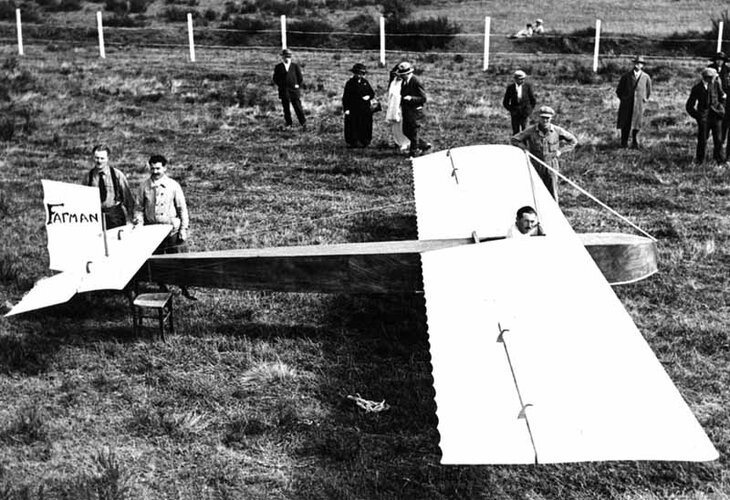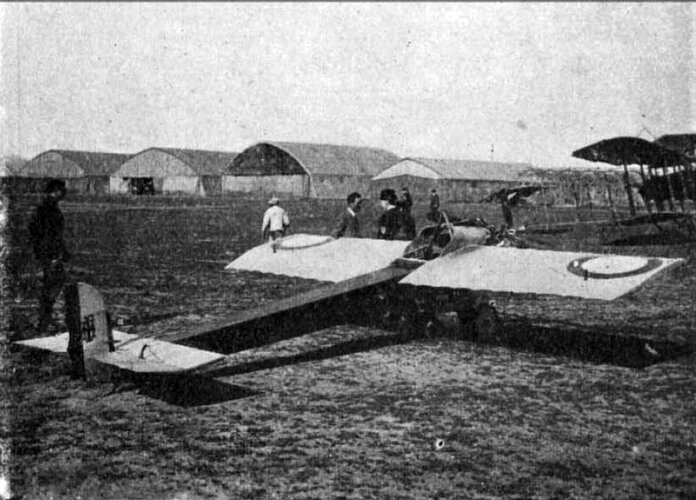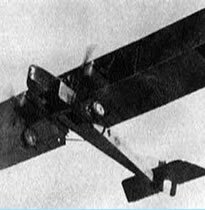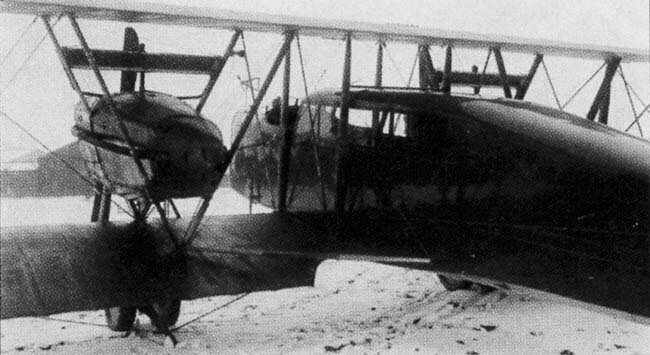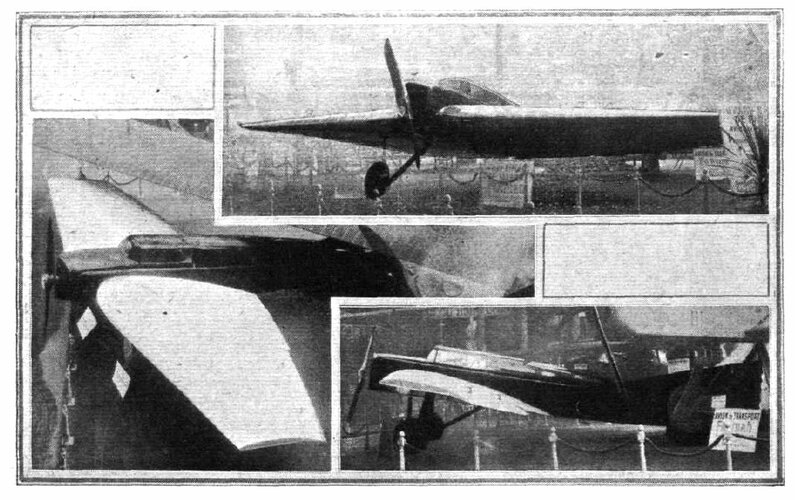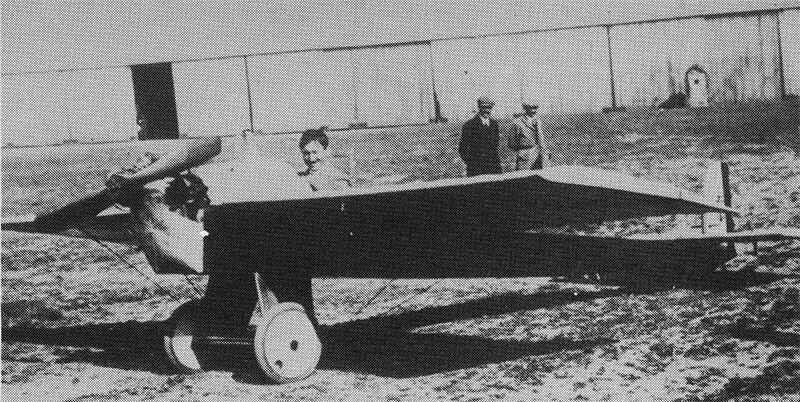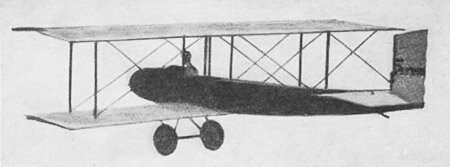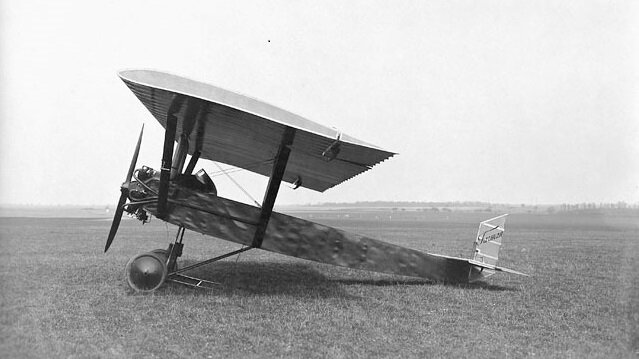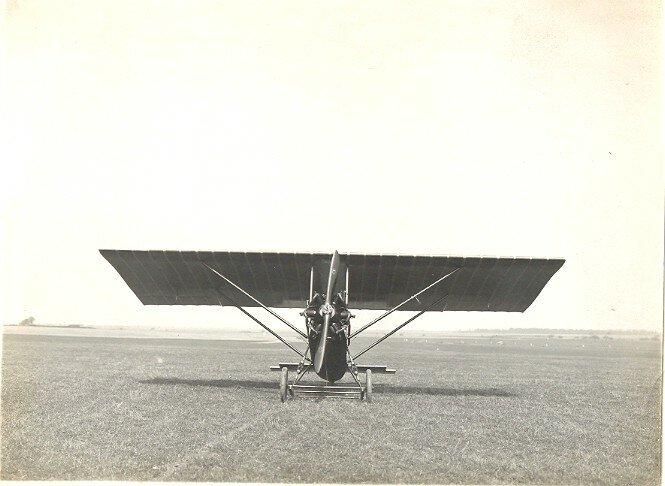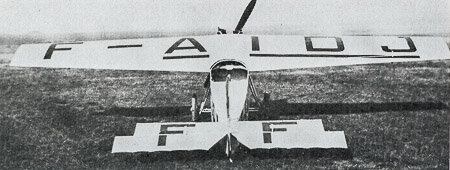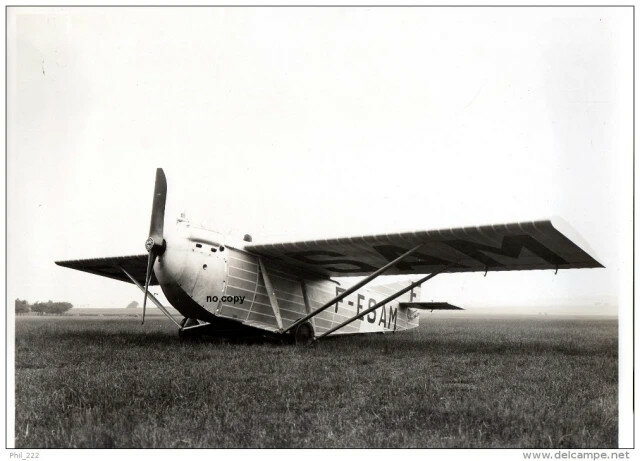Maveric
Fight for yor Right!
- Joined
- 14 January 2007
- Messages
- 2,231
- Reaction score
- 854
Hi all,
I need help with the Farman Designation Systems. I know 4:
1) Maurice Farman Airplanes ( M.F. )
2) Henri Farman Airplanes ( H.F. )
3) an early F - list with F.60, F.73 and other
4) a later F - list with F.200 Series or F.300 Series
all this Series are not complete, if you have complete lists please let me know... ;D
Servus Maveric
I need help with the Farman Designation Systems. I know 4:
1) Maurice Farman Airplanes ( M.F. )
2) Henri Farman Airplanes ( H.F. )
3) an early F - list with F.60, F.73 and other
4) a later F - list with F.200 Series or F.300 Series
all this Series are not complete, if you have complete lists please let me know... ;D
Servus Maveric

